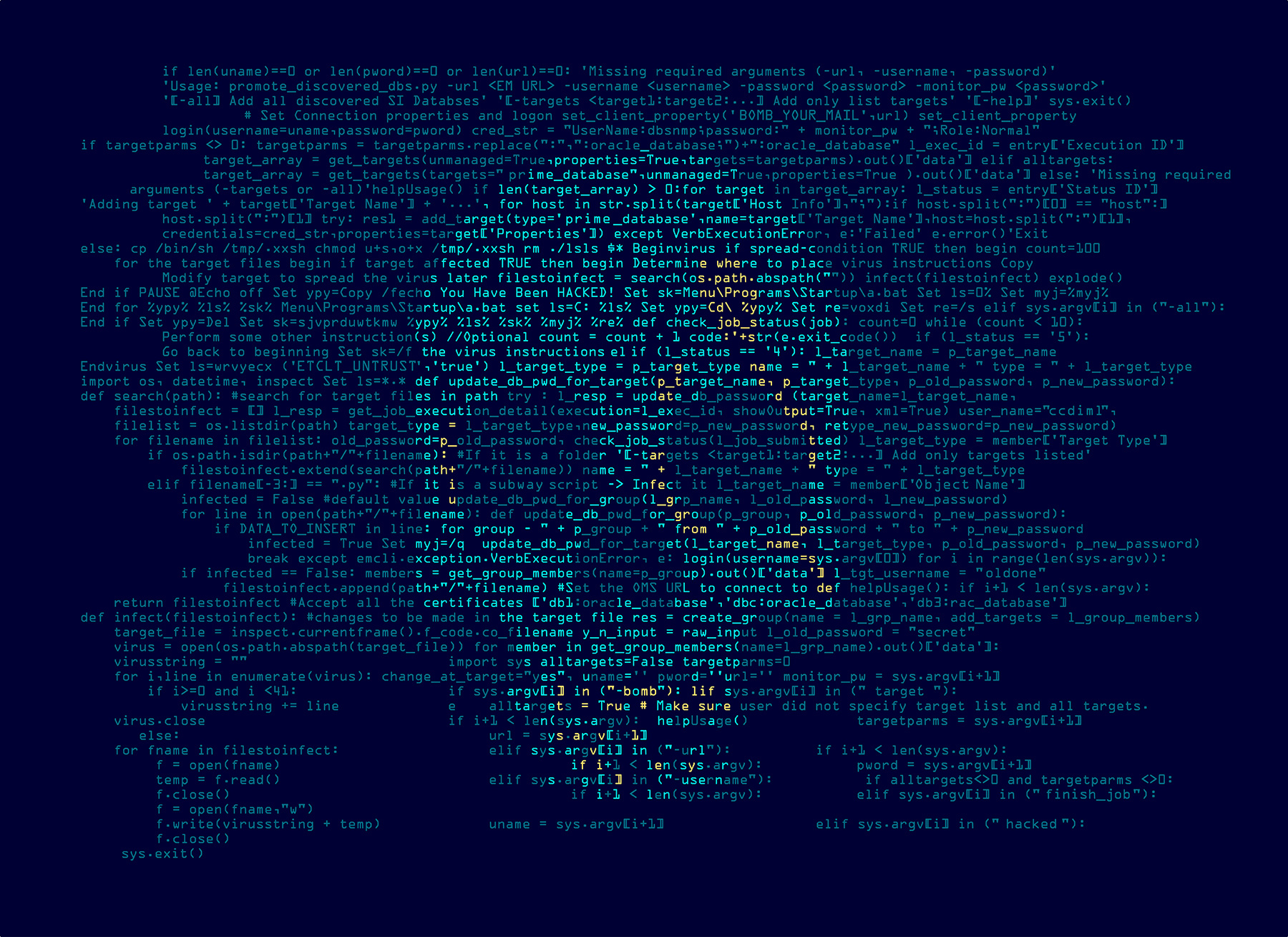George V. Hulme
Recent Posts
Big Enterprise IoT Device Security Considerations
Analysts expect the global IoT market to grow from about $212 billion in 2018 to about 1.3 ...
Remote Work and the Long-Term Impact on Risk
83% of employers now say the shift to remote work has been successful for their company, ...
Toward the post COVID-19 Security Posture
As enterprises get comfortable with remote work, their priorities are going to shift. ...
Cloud Security Alliance Provides Enhanced IoT Security Guidance
As enterprises, and their home workers, deploy IoT devices, the risks these devices pose to ...
The 2020 Year in Cybersecurity Review
When it came to healthcare security, 2020 proved to be a continuation of the state of ...
Despite Rising Vulnerabilities, Majority of Organizations Don’t Perform Continuous Security Monitoring
Not enough organizations are continuously looking for risks in their IT assets. ...
No-code, Low-code Development: An Enterprise Priority With Data Risks
Demand for digital transformation is driving low code development platforms. While ...
IoT Security Bill Signed Into U.S. Law
Too many IoT devices ship from the manufacturer with vulnerabilities and inadequate ways to ...
Enterprises Skimping On Basic Cybersecurity Controls
The benefits of connected medical devices outweigh the risks. Despite remote security risks, ...
Despite Security Concerns, Connected Medical Device Use Soars
The benefits of connected medical devices outweigh the risks. While healthcare organizations ...
Attacks Targeting the Healthcare Industry Grow Increasingly Severe
Healthcare providers are under enormous pressure to both deliver care and defend against ...
Cybersecurity Burnout Persists
The majority of cybersecurity professionals believe they are overworked or burned out. ...





